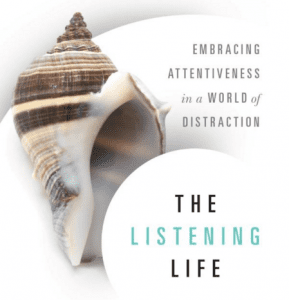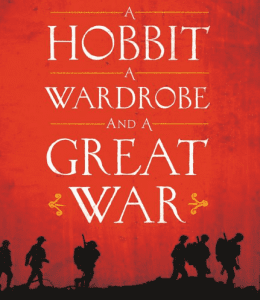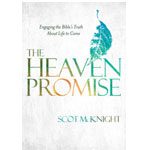 For some of the wonders of the internet and e-mail exchanges, including instantaneous responses and the inevitable jot-it-down and get-it-sent speed of e-mails, letter writing is no longer what it was. This becomes obvious to me whenever I read a collection of letters — like the beautiful three volumes of C.S. Lewis’ letters or my all-time favorite, The Letters of E.B. White.
For some of the wonders of the internet and e-mail exchanges, including instantaneous responses and the inevitable jot-it-down and get-it-sent speed of e-mails, letter writing is no longer what it was. This becomes obvious to me whenever I read a collection of letters — like the beautiful three volumes of C.S. Lewis’ letters or my all-time favorite, The Letters of E.B. White.
I have stationary and a fountain pen but I find I rarely — maybe once a year or so — write letters of that sort anymore. My last one was to Ruth Haley Barton, who wrote to me on stationary. I’m not thinking this is the demise of friendship but it is the demise of letters as we have known them.
Do you write letters anymore? How do you write letters? What is your favorite collection of letters?
Most recently though I read a study of Flannery O’Connor by Lorraine V. Murray called The Abess of Andalusia: Flannery O’Connor’s Spiritual Journey. I have read the official collection of Flannery’s letters but I was aware that we got an edited version, with some stuff edited out. Murray has read the originals which clarified not a few small details of concern only to Flannery specialists. The study tends a bit at times toward the hagiographical, or at least to an idealized image of her, but overall it’s a good study of Flannery — and we are treated at times to the simple details of her life, including a nice sketch of life on the farm with her menagerie of animals, including her famous peacocks. (The essay of hers on peacocks was the first item of hers I read and I have been a fan ever since.)
Letter writing seems to be Murray’s specialty when it comes to Flannery. In particular, it was a delight to see someone string together the many letters of Flannery to Betty Hester, Alfred Corn and Roslyn Barnes. Murray puts together the particular issues, the context and the life of those to whom Flannery wrote.
In fact, I admire the self-sacrifice of Flannery. She suffered from lupus and died at only 39, never able to express herself during those days without a deadly touch of humor, and was reduced to only 2 hours or so of her official fiction writing during her long years of suffering. Then she meandered through the farm and read, and she read plenty of theology, and spent much of her afternoon writing letters to friends and readers. We have all known that Lewis (and his brother Warnie) wrote letters to readers and admirers in the evening (if I remember correctly), but what Flannery’s practice reminded me of was the obligation of writers of such stature to stay in contact with readers.
Letter writing was how many wonderful writers, among whom Flannery ranks high for me, communicated and I am grateful for the rich treasure of letters such folks left behind. In Flannery’s letters there is a history of her own spiritual journey and of her mentoring of both writers and fellow Christians in their journey. (Not to neglect deadly wit all along the way.)











